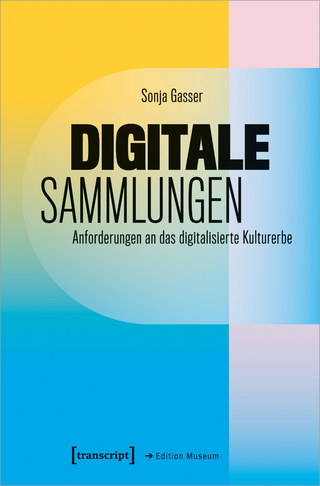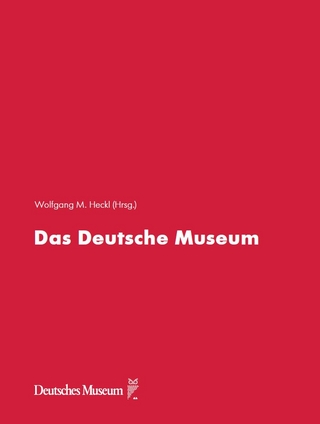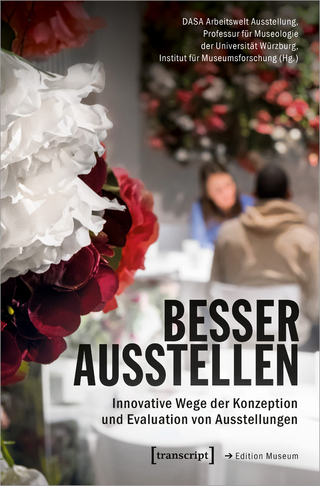
Changing Heritage
Routledge (Verlag)
978-1-032-71393-9 (ISBN)
Drawing on the author’s many years of experience working in senior positions at UNESCO, the book presents discussions of heritage sites all around the world. Today, our cultural and natural legacies face significant threats due to social and economic developments, political pressures, and unresolved historical issues. This book delves into these threats from two distinct perspectives: internal tensions and external pressures. The internal tensions include the disregard for human rights and gender equality; the increasing exploitation of heritage for political purposes; the development of post-colonial perspectives; and the necessity to reassess the established notion of "universal value." External pressures stem from global processes, unsustainable tourism, political conflicts, ethnic clashes, and religious strife that are causing destruction in numerous parts of the world. Examining the dynamics between heritage and these internal tensions and external pressures, Bandarin offers insights into the challenges faced and emphasises the imperative role of civil society in safeguarding the value of heritage for present and future generations.
Changing Heritage explores a wide range of issues surrounding the crisis in heritage management on an international level. It will be essential reading for heritage scholars, students, and professionals
Francesco Bandarin (Venice, Italy, 1950) is an Architect and Planner specialised in urban conservation. From 2000 to 2010 he was Director of the UNESCO World Heritage Centre and from 2010 to 2018 he served as Assistant Director-General of UNESCO for Culture. He is Special Advisor to ICCROM, Member of the Advisory Committee of the Smithsonian Center for Folklife and Cultural Heritage, and Founding Member of OurWorldHeritage. He teaches at SciencesPo in Paris and advises governments and heritage conservation projects internationally.
Introduction; Part 1. Heritage in modern society –1.1. A New world; 1.2. A Modern construct; 1.3. Contemporary frameworks; 1.4. Meanings and values; 1.5. Successes and failures; Part 2. Internal tensions – 2.1. Which history, whose heritage; 2.2. Universalism and its discontents; 2.3. Two false dichotomies; 2.4. The Landscape nexus; 2.5. Good and bad heritage; 2.6. Colonial and post-colonial worlds; 2.7. Human rights and gender; 2.8. Evolving authenticities; 2.9. The Interpretation quandary; 2.10. Advancing multiplicity; Intermezzo: The Power of technology; Part 3. External pressures – 3.1. A Global arena; 3.2. Development’s ambivalence; 3.3. An Expanding galaxy; 3.4. A Matter of scale; 3.5. The Rise of the historic city; 3.6. The Tourism predicament; 3.7. Gentrification takes command; 3.8. The Force of the sacred; 3.9. Threats old and new; 3.10. Soaring conflicts; Part 4. Looking forward – 4.1. Unpacking heritage; 4.2. Managing change; 4.3. Political hurdles; 4.4. Partners in conservation; 4.5. Civil society; Epilogue; Further Readings; Index.
| Erscheinungsdatum | 11.04.2024 |
|---|---|
| Zusatzinfo | 41 Line drawings, black and white; 41 Illustrations, black and white |
| Verlagsort | London |
| Sprache | englisch |
| Maße | 156 x 234 mm |
| Gewicht | 920 g |
| Themenwelt | Kunst / Musik / Theater |
| Reisen ► Reiseführer | |
| Geisteswissenschaften ► Geschichte ► Hilfswissenschaften | |
| Sozialwissenschaften ► Soziologie ► Makrosoziologie | |
| ISBN-10 | 1-032-71393-3 / 1032713933 |
| ISBN-13 | 978-1-032-71393-9 / 9781032713939 |
| Zustand | Neuware |
| Haben Sie eine Frage zum Produkt? |
aus dem Bereich


